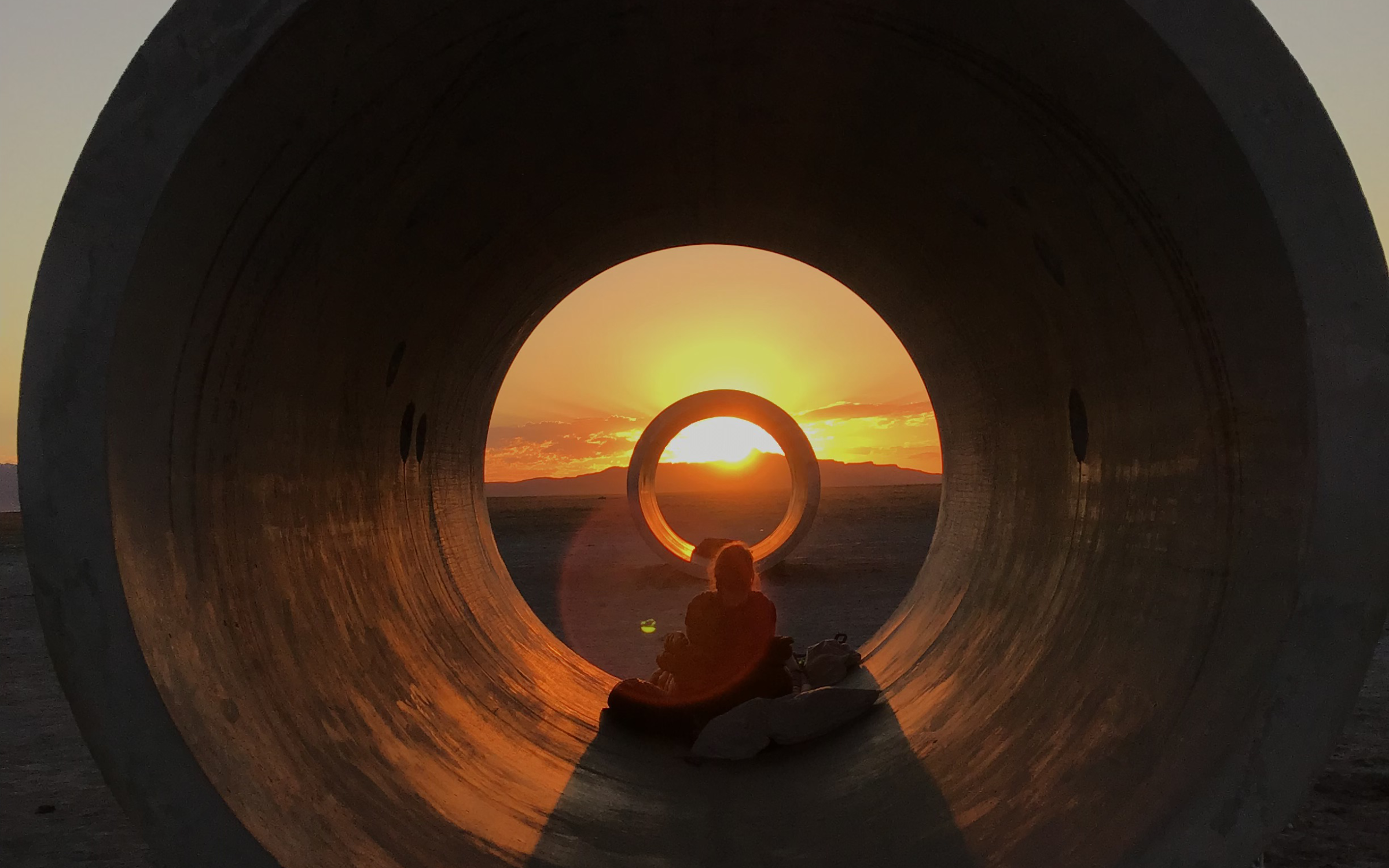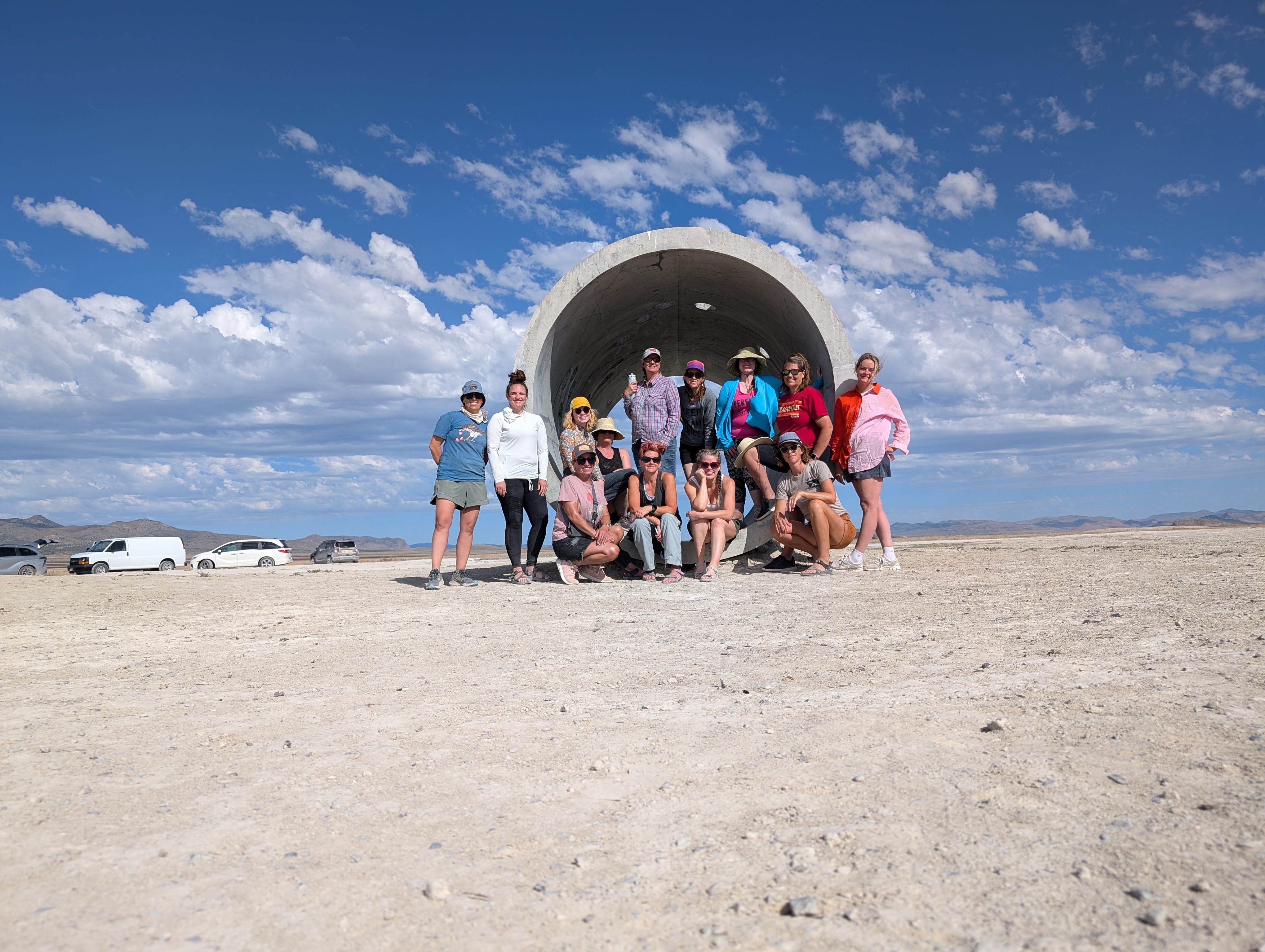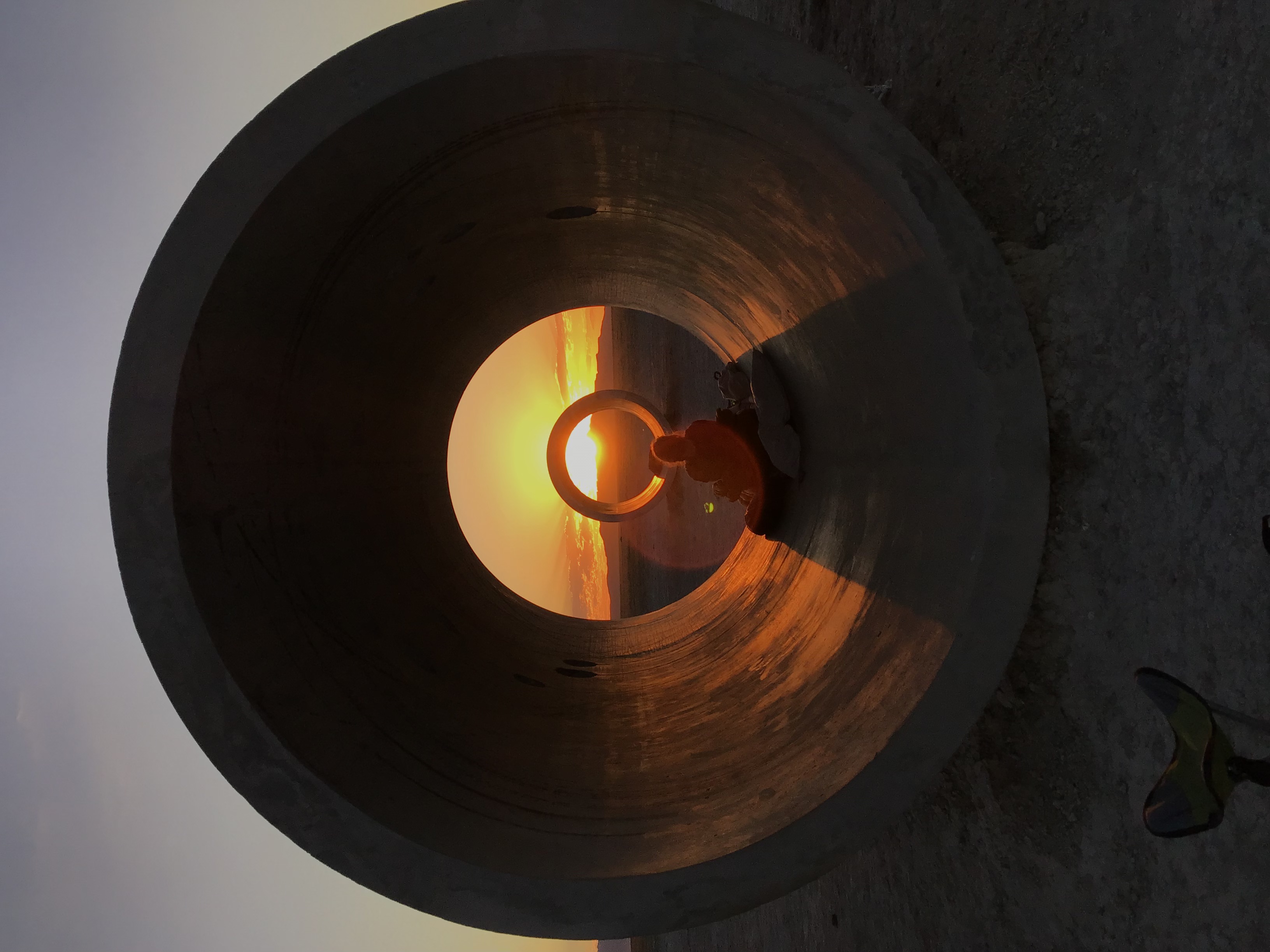
Veronica Montes, UMFA Art Ambassador
I had many interests as a child. Fortunately, I had parents and teachers who actively sought out activities that nurtured my curiosity. A gift of a lipgloss maker activity set by Barbie initiated an interest in scientific fields and encouraged my creativity. Family vacations and school field trips throughout Utah's landscape and museums (like the UMFA) evoked a sense of exploration. My science projects often revolved around color. Art history lessons on land art, like the Spiral Jetty, led to further wanderings of my imagination. I may not have known it then, but my childhood was filled with STEAM experiences. STEAM, or Science, Technology, Engineering, Art, and Mathematics, promotes holistic learning, leading students to synthesize varying types of information more effectively. There are many ways to incorporate STEAM into the learning process.

The Utah Museum of Fine Arts creates a great space to learn with STEAM through its collection and helpful resources produced by the learning and engagement department. Contemporary artwork can be a source of inspiration while also illustrating math and engineering concepts. Take a look at the grid lines in Sol LeWitt's Wall Drawing #33 above. This piece can be used to highlight the ideas of dimensions, axes, and drafting. The preservation practices that created the mummification process in ancient Egypt might evoke curiosity in chemistry. A few past UMFA exhibitions focused more explicitly on STEAM. The ACMELab, Confluence, explored water in the Salt Lake Valley. Air featured many works that explored themes of environmental science and technology. Third Saturday activities–like making masks, camera obscuras, and sun catchers–often involve STEAM.
The UMFA has excellent resources and various STEAM-related lessons for educators and the public. Find the UMFA’s STEAM lesson plans here. The activities found in these lessons can also be utilized in daily life. For example, a lesson uses quilting to learn more about shapes for young learners 5-7 years old. If you plan a trip to see Spiral Jetty, borrow a UMFA family backpack to take along and enrich your visit with hands-on learning. Visiting Spiral Jetty can be a terrific way to learn more about art, science, and Great Salt Lake's history.
The Museum recently hosted a professional development STEAM Educator Campout in June. The campout provided opportunities to experience how to incorporate STEAM into the classroom with hands-on workshops at the two iconic Utah Land artworks, Spiral Jetty and Sun Tunnels. Katie Seastrand, manager of school and teacher programs, mentioned that the UMFA “wanted to give an in-depth opportunity for teachers to connect with the works and each other.” Many participating educators found Spiral Jetty to be “enduring” and Sun Tunnels to be “awe-inspiring." Participants found the campout to be a great place to meet other like-minded educators and creators while learning how to incorporate STEAM in their classrooms. Ashley Farmer, co-director of learning and engagement, said, “We had fun learning, sharing, making art, asking questions, and taking in the landscape together. There’s always an element of chance when you’re with works of art outside—what will the weather do, what will the sky look like? —and even though we had some big winds and high temperatures, we were lucky to be with teachers who embraced that as part of the adventure, too!"

I hope all this inspires you–the teachers, parents, or just the generally curious–to search for ways to integrate STEAM when covering new topics and skills. There's always a way to connect your learning to STEAM, whether it's gazing at a landscape painting, trying a new educational activity, or venturing out to Utah's wonderful land art.

Nancy Holt (American, 1938–2014), Sun Tunnels, 1973–76, Great Basin Desert, Utah, concrete, steel, and earth, 9 ft. 3 in. x 68 ft. 6 in. x 53 ft., diagonal length: 86 ft. Each tunnel: 18 ft. 1 in. x 9 ft. 3 in. diameter, from the collection of Dia Art Foundation with support from Holt/Smithson Foundation, © Holt/Smithson Foundation and Dia Art Foundation, licensed by VAGA, New York.
Resources:
K-12 STEAM Resources
Family Backpack Program
Spiral Jetty
Sun Tunnels
